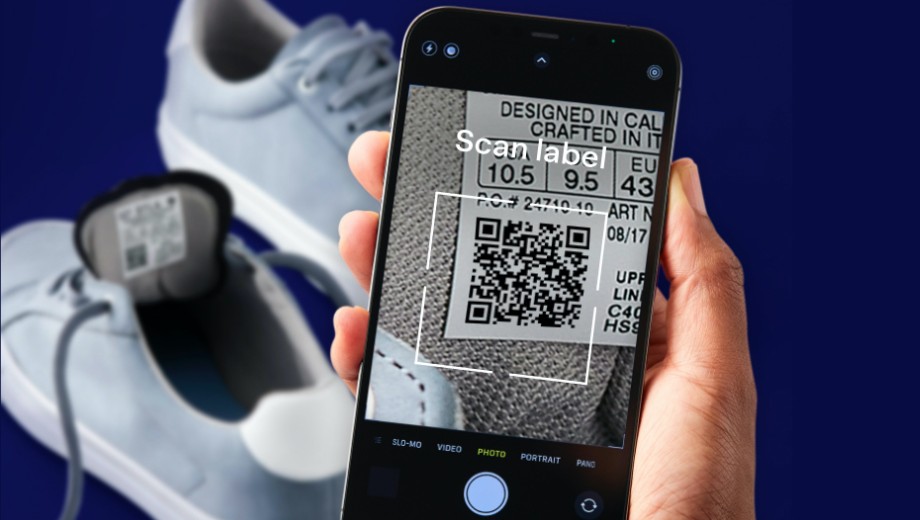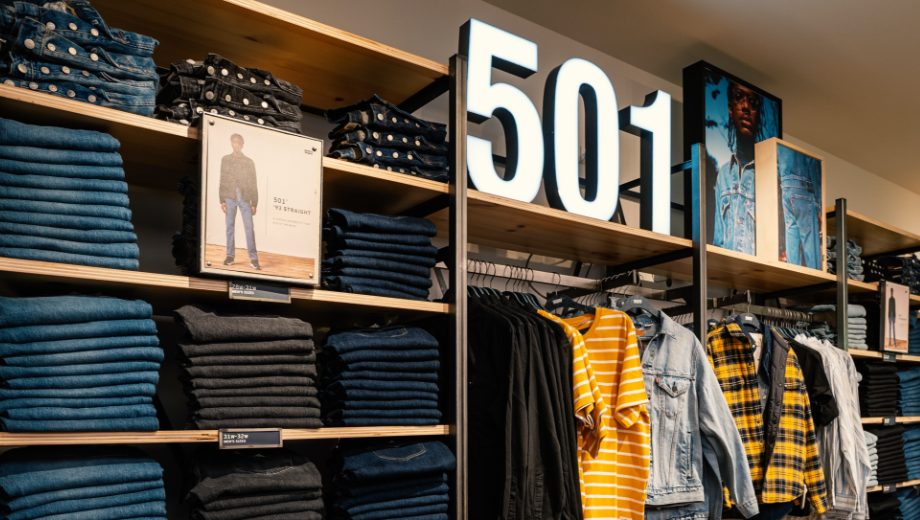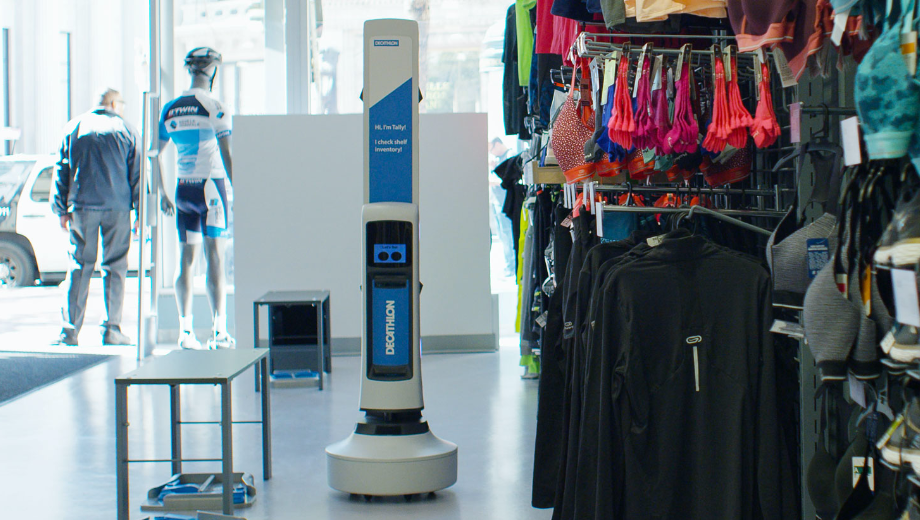Today’s and tomorrow’s consumers expect to buy what they want anytime, anywhere, wholly on their terms. Understanding how to properly fulfill this evolving, unpredictable channel demand is a key strategic focus in today’s retail market.
As a result, apparel and footwear brands and retailers have been some of the first to add RFID and digital identities to every product, with the goal of optimizing the consumer experience and further driving conversions. According to Auburn University, apparel retailers currently have 65% inventory accuracy without RFID. With RFID, the rate improves up to 99%. The key metrics from the brand and retailer perspective is to improve inventory accuracy and brand security to create a more satisfying omnichannel shopping experience that is focused on maximizing convenience and utility.
Giving consumers what they want – and more
With Avery Dennison digital ID technologies, brands and retailers can give consumers what they want – a simple, convenient and transparent shopping and brand experience. By utilizing RFID apparel retailers are radically optimizing supply chains, authenticating brand integrity and engaging their customers in a world class consumer experience.
- While comprehensive touchless solutions of course provide maximum benefit, Avery Dennison offers an implementation vision to enable these key use cases across the full supply chain from factory to consumer:
- The first step is to get all items RFID tagged at source and set the foundation from factory, to distribution centers and stores in order to maximize inventory accuracy across the entire supply chain.
- The second step is to optimize supply chain operations and maximize omnichannel business value with new consumer delivery trends like buy online and pick up in store, ship from store, curbside pickup and same day delivery – while also making sure that in store shoppers can find exactly what they are looking for.
- The third step is to look at other applications that are enabled by these touchless technologies even beyond inventory accuracy optimization. This includes POS checkout, loss visibility, as well as bringing the product to life via an EPC enabled QR code or NFC tag to enable richer consumer interactions.
The evolution of retail
Retail is evolving from the traditional push model to a future ‘Internet of Things’ model. Now, new models are emerging and, as familiarity with the technology grows, the digital ID “ecosystem” powered by RFID, NFC, QR, Bluetooth and more is predicted to produce even more exciting and profitable applications.
- Inventory accuracy: Digital is ubiquitous, and shoppers are becoming increasingly channel-agnostic. Accurate inventory management is crucial to enable full stock visibility and guarantee a product’s availability for the customer — no matter the channel.
- Brand protection: Product authentication is key for brand trust and to combat counterfeiting. Our atma.io connected product cloud enables brands to digitize their entire production line and give customers the certainty of purchasing an authentic product.
- Circular economy: Re-use, recycle, re-imagine. Giving clothing a new lease of life is more and more crucial for consumers and brands alike. RFID labels with a corresponding QR code or NFC tag can provide information about a garment directly to the consumer: How to wash it to prolong usage, what it is made of, closest recycling points, etc., supporting a more conscious approach to apparel production and consumption.
- Consumer engagement: Directly connecting your brand to your customers is more and more crucial in a world full of information overload. With RFID, shoppers can interact with your product in a way that goes beyond the point of sale, without the need for ambassadors or middlemen. Our atma.io connected product cloud enables brands to digitize their enables brands and retailers to connect and communicate with consumers via their products. By assigning each item a unique digital ID and “digital personality”, brands can transform their marketing efforts, increasing customer engagement while also capturing real-time data and consumer insights for every product, from manufacturing to end-of-life.



